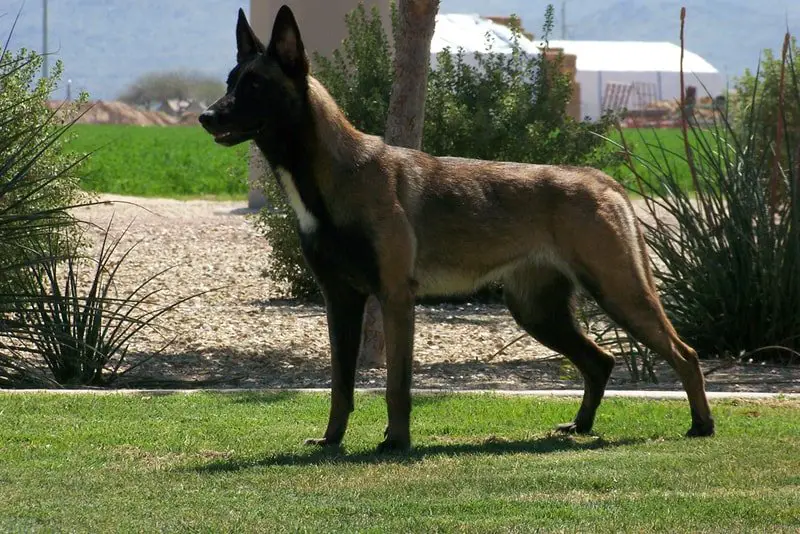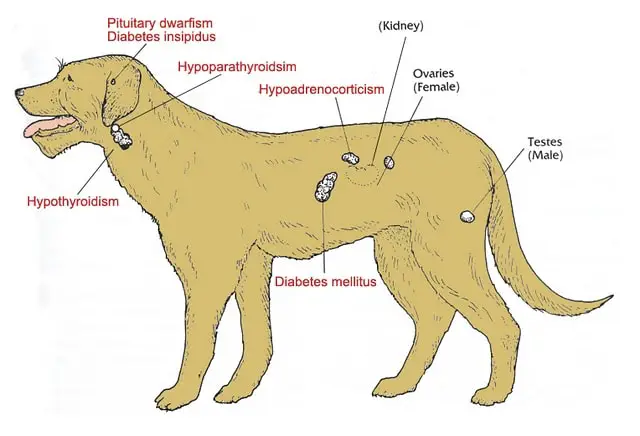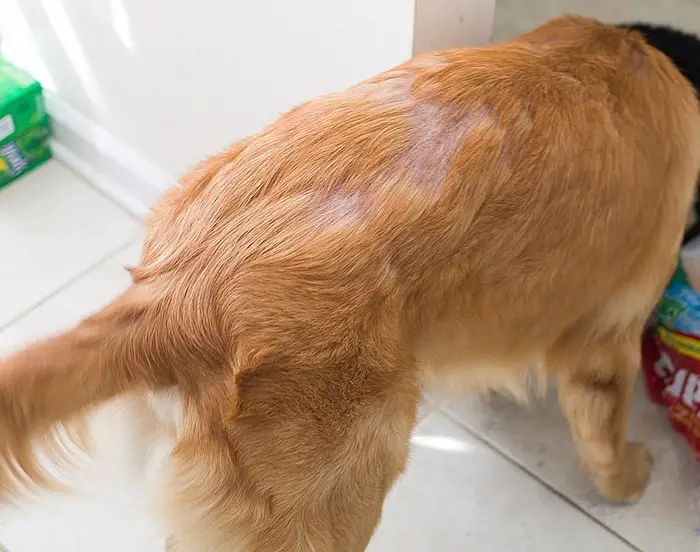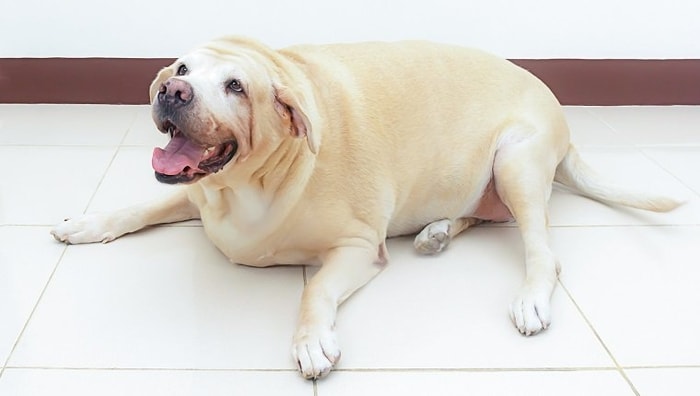Hypothyroidism in dogs is a common endocrine disorder caused by inadequate circulating thyroid hormones due to lack of production. Hypothyroidism is a multisystemic disorder resulting from inadequate circulating thyroid hormone concentration. It is the most commonly diagnosed endocrine disorder in dogs. Naturally, hypothyroidism is sporadic in other species, including cats, horses, and other large domestic animals.
Information on Hypothyroidism in Dogs
Hypothyroidism is not such a common disease in dogs. The disease is common in aged dogs and some specific dog breeds. The clinical signs are non-specific and confused with many other diseases. The diagnosis of this disease is crucial. In my article, I shall briefly discuss hypothyroidism and its effects on dogs.

What Dog Breeds are Prone to Hypothyroidism?
Hypothyroidism usually causing disease in young to middle-aged dogs of the larger breeds. It most common in dogs of 4 to 10 years old. The breeds that are very prone to hypothyroidism include:
- Doberman Pinscher.
- Golden Retrievers.
- Irish Setter.
- Airedale Terrier.
- Miniature Schnauzer.
- Dachshund.
- Cocker Spaniel.

Causes of Hypothyroidism
Primary hypothyroidism is caused by an intrinsic disorder of the thyroid gland and is the most hypothyroidism in the dog. Hypothyroidism usually results from lymphocytic thyroiditis or thyroid atrophy.

What are the Symptoms of Hypothyroidism in Dogs?
The signs of hypothyroidism are very fluctuating and often ambiguous. Some cases present with a classic sequence of clinical signs, whereas others may show only one sign. Hypothyroidism usually causing disease in young to middle-aged dogs of the larger breeds. The signs of hypothyroidism in dogs include:
- General Lethargy in dogs movement.
- Mental dullness and lists in dogs.
- Decreased heart rate (Bradycardia).
- Lack of exercise tolerance.
- Weight gain in your dog without an increase in food intake.
- Intolerance to cold.
- Hypothermia is the most common clinical sign associated with hypothyroidism.
- Nervous signs may be seen in some dogs with hypothyroidism
- Neuromuscular dysfunction with cranial nerve abnormalities.

- Laryngeal paralysis.
- Megaesophagus.
- Lower motor neuron impairment.
- Encephalopathy.
- Lameness.
- Dragging of the feet.
- Quadriparesis.
- Hearing impairment.
- Nystagmus.
Diagnosis of Hypothyroidism in Dogs
Your veterinarian performs diagnosis. Hypercholesterolemia is found in about 70% of hypothyroid dogs. Thyroid hormones increase the amount of cholesterol in the liver. To prevent excessive deposition of the liver with cholesterol, the LDL (low-density lipoprotein) receptors are down-regulated to inhibit low-density and high-density lipoprotein (HDL) uptake from the circulation.

Mild normocytic, normochromic, nonregenerative anemia occurs in about 30% of hypothyroid dogs and represents a physiologic response to the decreased basal metabolic rate. Mild to moderate elevation in serum activity of ALT, AST, AP, and may be noted. Increased CK activity is mainly associated with myopathy in cases of hypothyroidism in your dogs.
Thyroid Function Tests: Thyroid function tests are another method for the diagnosis of hypothyroidism in dogs. The tests are available to assess thyroid function.
Serum Total and Free T4: Baseline serum T4 concentration using a validated assay are more accurate than serum T3 in assessing thyroid gland function status and are recommended for initial assessment of the thyroid gland. Random variations in serum T4 concentrations occur, but a proper circadian rhythm has not been identified.
Serum Total T3 and Free T3: Baseline serum T3 concentrations are less accurate for predicting hypothyroidism than serum T4. Random fluctuations in serum T3 concentrations are more remarkable than with serum T4 and have a greater tendency to be misleading concerning the status of thyroid gland function.
TSH Stimulation Test: The administration of exogenous bovine TSH to measure thyroid secretory reserve is the most definitive method currently available to diagnose hypothyroidism.
TRH Stimulation Test: TRH is easily available and less expensive than TSH. However, the T4 responsible for TRH is less predictable, and peak concentrations tend to be lower than TSH stimulation. Increasing the dose of TRH elevates the duration but not the magnitude of the T4 response. TRH application may cause cholinergic signs such as salivation, vomiting, and defecation. Responses are also affected by nonthyroidal illness and drug administration.
Reverse T3 (rT3): The measurement of serum rT3 concentration can be helpful in identifying cases with significant nonthyroidal illness and should be restrained for those cases with discordant or equivocal T4 absorption. If the serum rT3 amount is high in a dog with low or low-normal T4, hypothyroidism is unlikely to cause the animal’s clinical signs.
Endogenous Canine TSH (e-TSH): A reliable assay for canine TSH would be an important aid to diagnosis, especially in primary hypothyroidism, where the concentrations should be high.
Thyroid Biopsy– although not commonly performed, the histologic examination of a thyroid gland biopsy gives an accurate method of confirming between primary and secondary hypothyroidism.

Differential Diagnosis of Hypothyroidism in Dogs
The disease may be confused with the following diseases or conditions:
- Pituitary tumor or cyst.
- Surgery (thyroidectomy or hypophysectomy).
- Drugs.
- Particularly antithyroid drugs and glucocorticoids.
- Diet obesity.
- Hyperadrenocorticism.
Treatment of Hypothyroidism in Dogs
The disease is not a life-threatening disease, and it’s straightforward to handle. Hypothyroidism is treatable but is not curable. Your vet will perform thyroid hormone replacement and is required for the treatment of hypothyroidism in your dogs. Artificial forms of T4 and T3 are available. Sodium levothyroxine is the treatment of choice because it most closely resembles the preferential secretion of T4 by the normal thyroid gland. Synthetic T4 is readily denominated to T3 in peripheral tissues and therefore does not bypass the normal cellular administrative processes that control the production of the more potent T3 in those tissues.
An initial replacement dose of L-thyroxine is 20-40 microgram/kg daily in divided doses. It has been suggested that once-daily dosing is sufficient. Therapy should always be continued for a minimum of three months.
Final Advice on Hypothyroidism in Dogs
Hypothyroidism is a common disease in some larger dog breeds like Doberman Pinscher, Retriever, Dachshund, and Cocker Spaniel. The disease is mainly found in aged dogs more than ten years old. I have discussed the disease briefly and diagnosis in detail because diagnosis is essential. This article will help dog owners to diagnose and manage their dogs during hyperthyroidism syndrome.